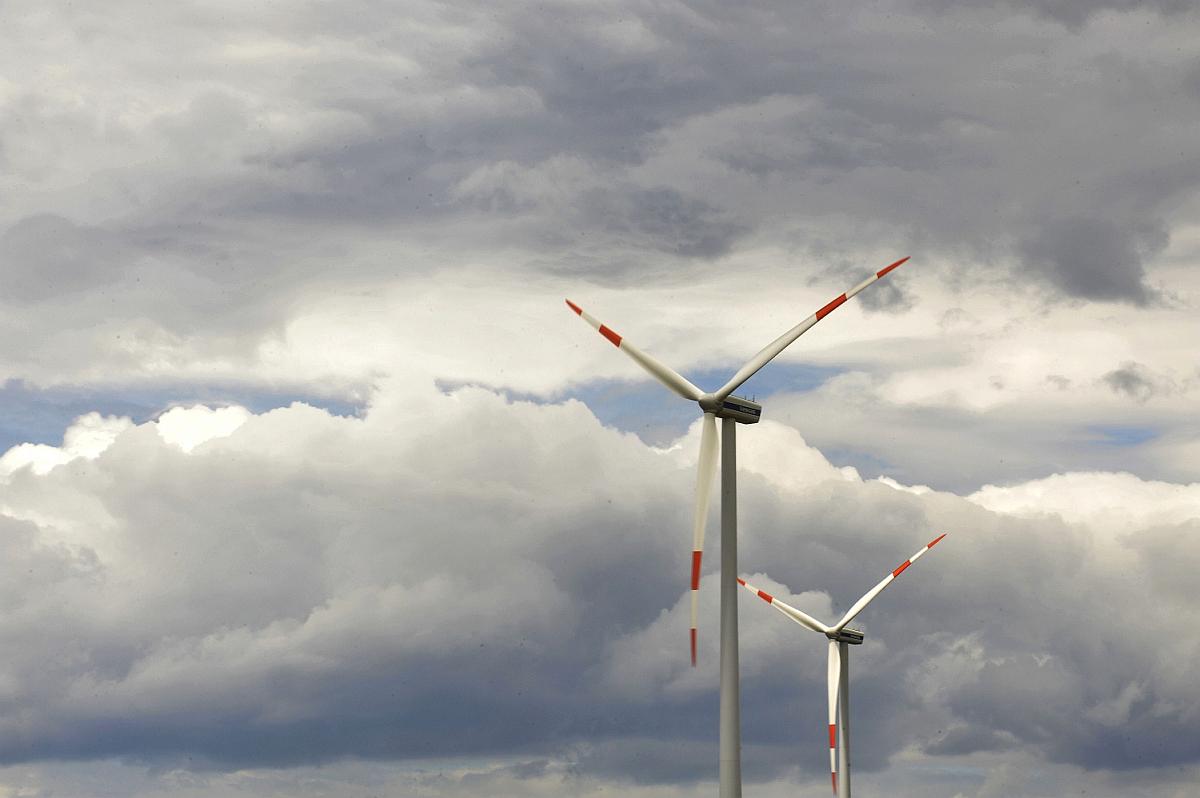
In the draft of the national reform programme sent to Brussels, which is now being harmonized in detail with social partners, the government dedicated three subchapters to the struggle for achieving the Europa 2020 goal for energetics, i.e. to reducing greenhouse gas emissions, to renewable energy sources, and to better energy efficiency.
Slovenia should in this manner reduce greenhouse gas emissions based on the operative programme for reducing greenhouse gas emissions by 2020, with further plans for the period until 2030, after which Slovenia should be transformed into a green, low-carbon economy with an economic attitude towards its sources. The investment measures should increase the domestic demand for green solutions, and present a great opportunity for the economy.
More renewable energy sources
Until 2020 Slovenia should increase the share of renewable energy sources regarding the end use of energy to 25%. The official data for 2013 show that already 21.5% of energy is being acquired from renewable sources. The target goal for the sun power plants has been exceeded, while the potential of biomass, water energy, wind energy, gas from purification devices, and geothermal energy have not been exploited enough.
With the intention of increasing the use of renewable sources the construction of three hydraulic power plants is planned, for which the spatial plans have already been adopted (pumping hydraulic power plant at Kozjak, hydraulic power plant HE Brežice at the lower Sava, and hydraulic power plant HE Mokrice at the lower Sava), while a number of hydraulic power plants have been planned for the middle Sava, hydraulic power plant HE Hrastje Mota at the Mura, and a wind turbine park at Senožeška Brda, to which the local civil initiative is already objecting.
The secretary of the Energy Independence association (Zens) Božo Dukić believes that we need a new concept of energetics development, which has been prepared from zero by each new government. Slovenia has, in his opinion, a great potential on the field of renewable energy sources, but lacks the knowledge to take advantage of it. There is a great potential in small power plants. Even before the WWII there were 535 small "power plants", i.d. mills and sawmills, which could be a great potential for production of electric energy. "And the second potential is photovoltaics, and geothermal energy," he continued.
Gregor Cerar, MMC
Translated by G. K.


































































